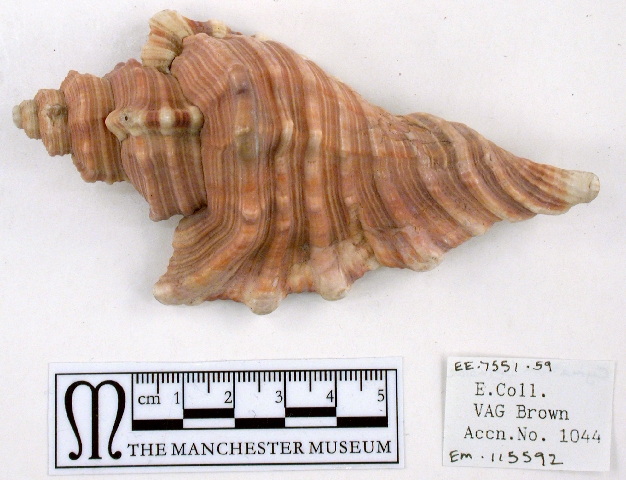Like most topics in natural science, DNA extraction was first bought to my attention as a young child watching in awe at the Jurassic Park film series. It is common knowledge that despite the valid DNA extraction techniques in the film, it wouldn’t be possible to use this to bring back animals that went extinct millions of years ago. This is due to the decomposition rate of DNA, as it has a half life of 521 years, which means its properties will only last for a maximum of 6.8 million years, even when preserved inside an insect in amber. Even if in theory, we were to try and “bring back” an animal from 6.8 million years ago, it would be virtually impossible as the vast majority of base pairs and genetic information will be gone. With this information, it is clear that we shouldn’t think about bringing back dinosaurs anytime soon, however could we use similar techniques to try and save species that critically endangered or even ones that have only recently become extinct?
In theory, we should be able to extract DNA from a living organism where it can then be stored and frozen to slow down the decomposition. This is already starting to take place, particularly in the instance of the Frozen Ark Project. The Project began in 1994, after a series of events starting in the 1950s had caused over 100 snail species to go extinct in the Polynesian islands due to invasive species that were artificially introduced to the area. 5 snail species in total were able to saved from the islands by bringing them to a lab at the Zoological Society of London, which is still ongoing today.

Genetic material from the surviving individuals were subsequently collected and stored. This saviour from complete extinction triggered the idea of collecting and preserving cells from the world’s most endangered species, and so the Frozen Ark Project was established. Today, it is an accumulation of several institutions around the world in countries including UK, India, South Korea, New Zealand and South Africa.
Due to this, it is possible to preserve DNA of species that haven’t gone extinct, but how about the ones that have died out recently due to Anthropogenic causes? First of all, the priority of these types of programmes is to preserve what species we already have, not to resurrect ones that have died out, even if it was due to human causes. If we did want to bring back animals such as the Dodo, Thylacine or Quagga, the first hurdle would be that their living cells were never preserved. As producing new individuals would be done by cloning, it would require a living cell, which is sadly no longer available. Even with well preserved intact specimens, any DNA that remains would probably be of no use in recreating one of these organisms.
As this technique is impossible, there is another possibility which involves artificially sequencing DNA of an extinct species, for it to then be implanted into the embryo of a living close relative to then create a living individual. It is not as simple as just copying a sequence of an extinct animal, as it must also be packaged in the right chromosomes with proteins that fit in a very specific way. In 2021, the technology to do this is yet to be developed, but it may be possible that a living Mammoth could be produced some time in the future, if its recreated gene sequence was inserted into a modern Elephant’s embryo.
As is the case with techniques that involve cloning, there are questions on ethical matters. The question on whether we should do it, rather than whether we could do it may always be relevant in this field of science. Since many of the species that have become endangered or extinct in the past several hundred years were due to human causes, it is a popular opinion that it should therefore be our responsibility to bring back and save as many species as we can. Dr. Ann Clark, a founding member of Frozen Ark Project says that it is better to have the option than not, and that it is in the hands for future generations to decide. Whatever your stance on this technology, it is hard to deny how amazing it is that these things are possible and the potential that it can do for sustaining biodiversity on earth.
References
– Church, T., 2016. Dr Ann Clarke on De-extinction, a Frozen Ark, and The World’s Ultimate Biological Backup. [online] Tom Church. Available at: <http://tomchurch.co.uk/dr-ann-clarke-on-de-extinction-a-frozen-ark-and-the-worlds-ultimate-biological-backup/>
– Science.org.au. n.d. Saving DNA: the Frozen Ark Project. [online] Available at: <https://www.science.org.au/curious/earth-environment/frozen-ark-project>
– The Frozen Ark. n.d. The Frozen Ark. [online] Available at: <https://www.frozenark.org/> [Accessed 9 March 2021].
– Villazon, L., 2013. How long does DNA last? sciencefocus.com/the-human-body/how-long-does-dna-last/
Filed under: Uncategorized |




Leave a comment